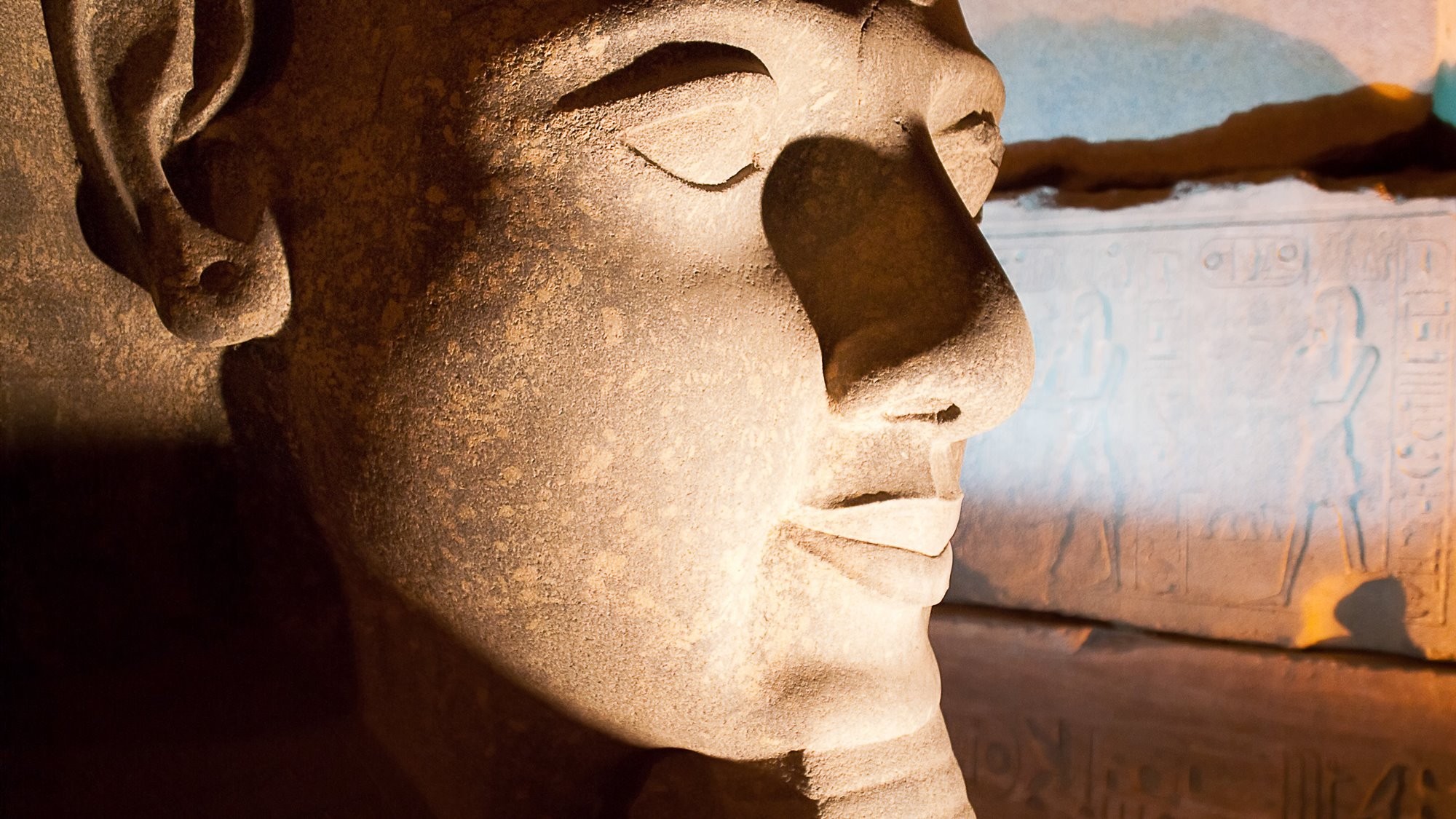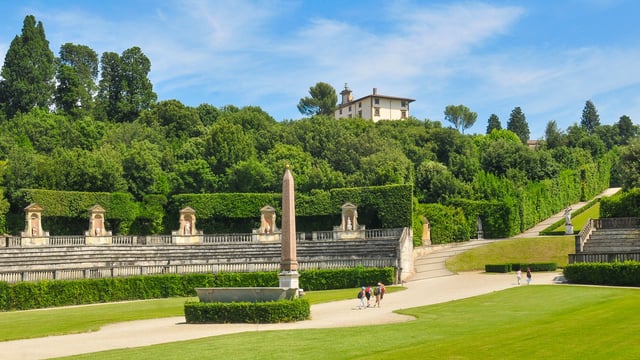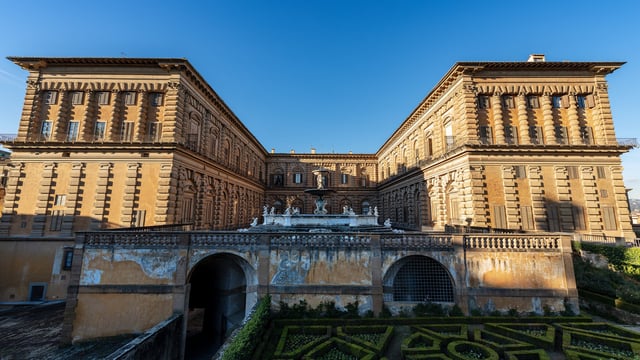Tuscany
Art, History & Archaeology Sites & Museums
Widely thought to be the birthplace of the Renaissance, Tuscany and its capital Florence is a very popular European tourist destination. Visitors come to the area to experience evocative landscapes, as well as centuries of history and art. A number of the Medieval towns are listed UNESCO World Heritage sites, including the historic centres of Florence, Siena and San Gimignano. Tuscany is not all culture and tradition, the region has over 120 designated nature reserves. The area is also well known for its Agritourism; an initiative that started in the Italian countryside where bed and breakfast accommodation, restaurants and cooking courses are incorporated into family farms. The provinces in Tuscany are: Arezzo, Florence, Grosseto, Livorno, Lucca, Massa and Carrara, Pisa, Pistoia, Prato, and Siena.
Archaeology & History Sites in Tuscany
Boboli Gardens
The Boboli Gardens, directly behind the Pitti Palace in Florence, are one of the first formal Italian Gardens. Laid out in the 16th century, the private gardens of the Medici Family served as inspiration for many Royal Courts of Europe. The primary axis of the garden is centred on the rear of the palace, which begins with a landscaped amphitheatre, rising up Boboli Hill from which there are spectacular views of Florence. The gardens have many statues of many styles and periods. The Egyptian Ramesside Boboli Obelisk was relocated here in 1790 from the Villa Medici in Rome.


Chiusi
Latin sources say that Chiusi was one of the oldest and most powerful Etruscan cities. According to legend it was founded either by Telemachus, son of Ulysses, or by Cluso, son of Prince Tirreno, who started the Etruscan lineage. Located on the border with Umbria, it is a perfect destination for those who want to immerse themselves in history and nature, given the beauty of its territory. The town has been awarded the Orange Flag by the Italian Touring Club, a mark certifying the quality of its environmental tourism services.

Museums & Art Galleries in Tuscany
Pitti Palace
Once the chief residence of the Grand Duchy of Tuscany, then the 18th century base for Napoleon, and following the unification of Italy, the nation’s principal royal residence. Today the 15th century palazzo is the largest museum complex in Florence. The palace became the treasure house it is as the Medici family and their successor amassed their luxurious possessions here. In 1919 King Victor Emmanuel III donated the palace and its contents to the state. Besides the royal apartments, there are a number of galleries with varied collections, including the Palatine Gallery and its collection of Renaissance paintings.






